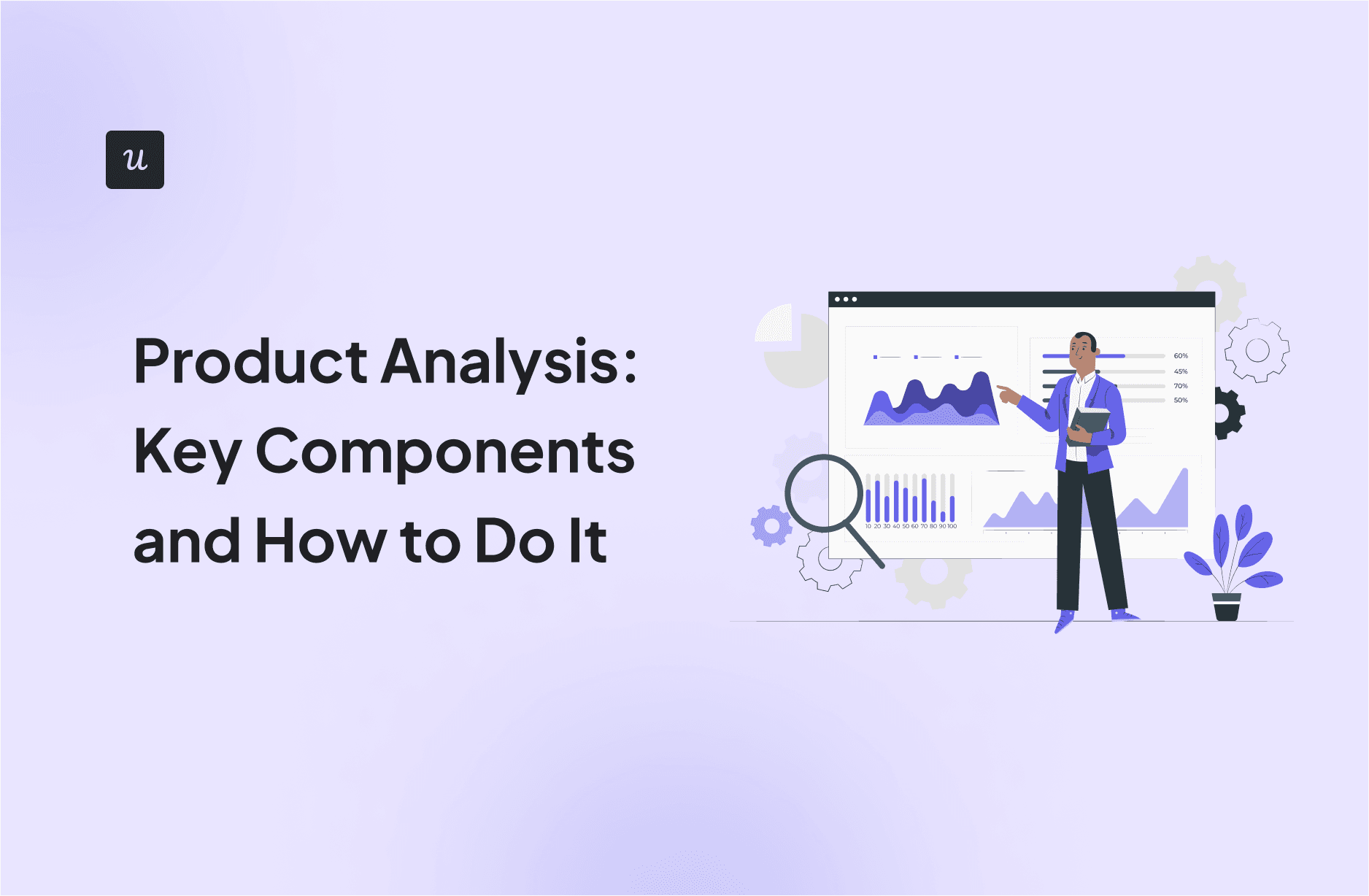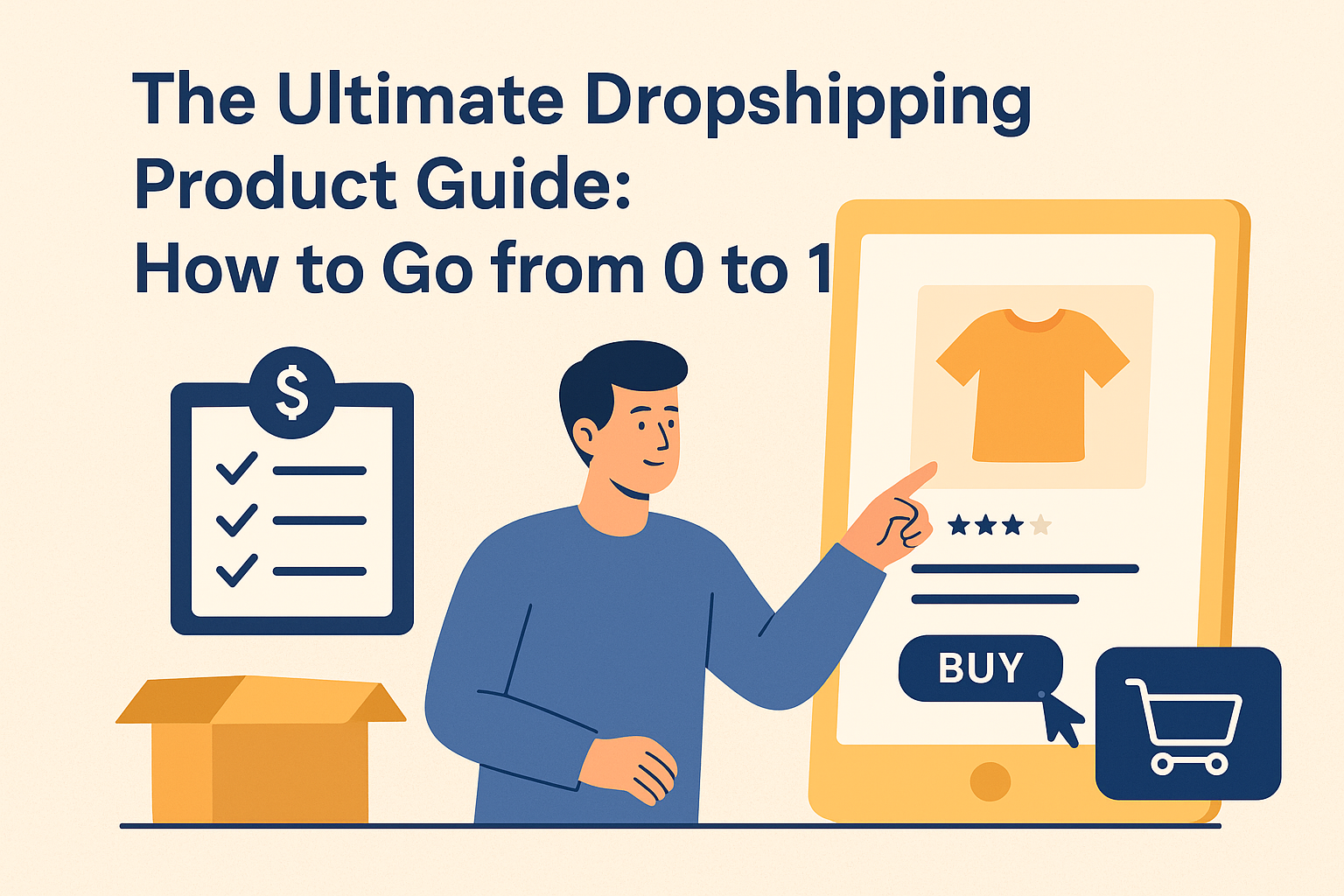December 23, 2025
December 18, 2025
December 16, 2025
December 11, 2025
December 9, 2025
December 5, 2025
DropSure is Your
Best Partner
22 Years Experience
Affiliate Rebates
100% Quality Guarantee
Top-Up Rewards
10+ Global Warehouses
Custom Branding Support
Smart inventory System
24/7 Customer Support
Get a Quote in 24 Hours








